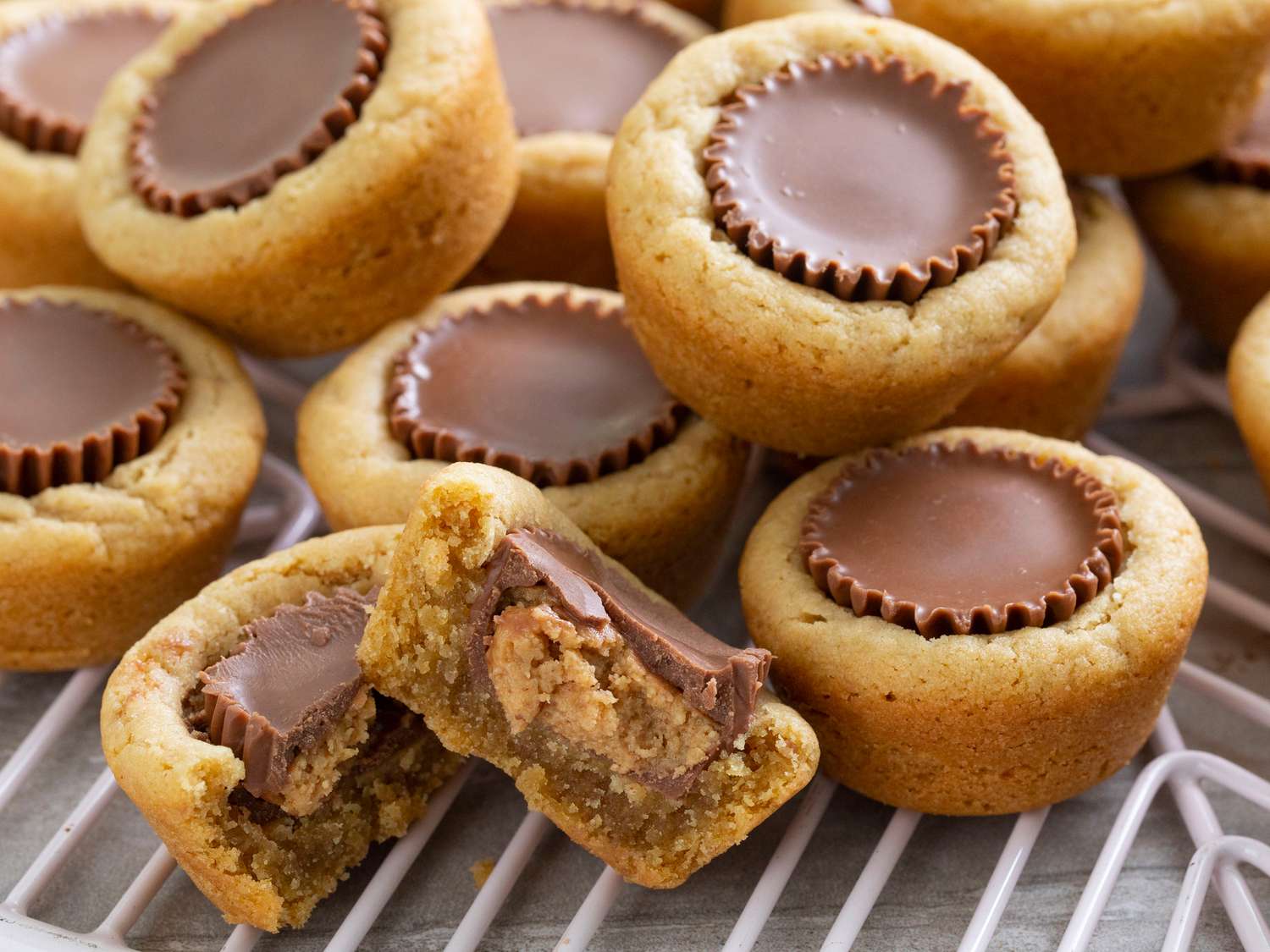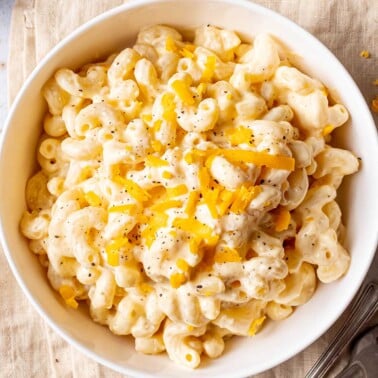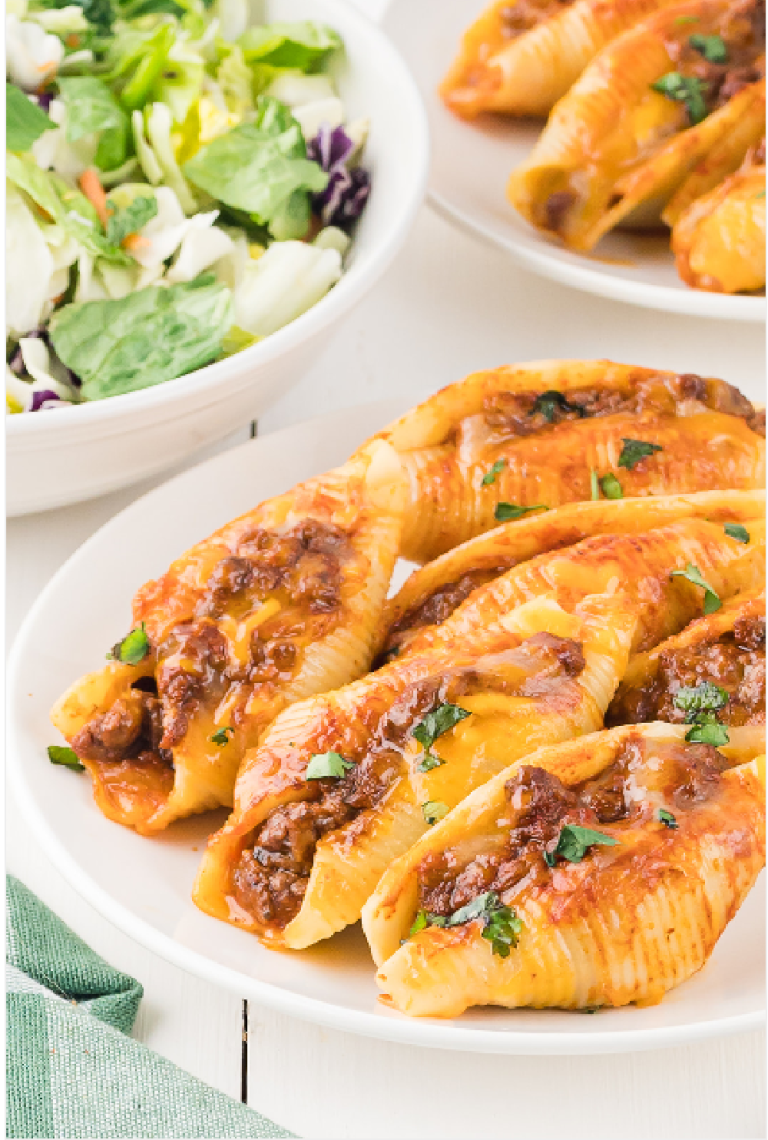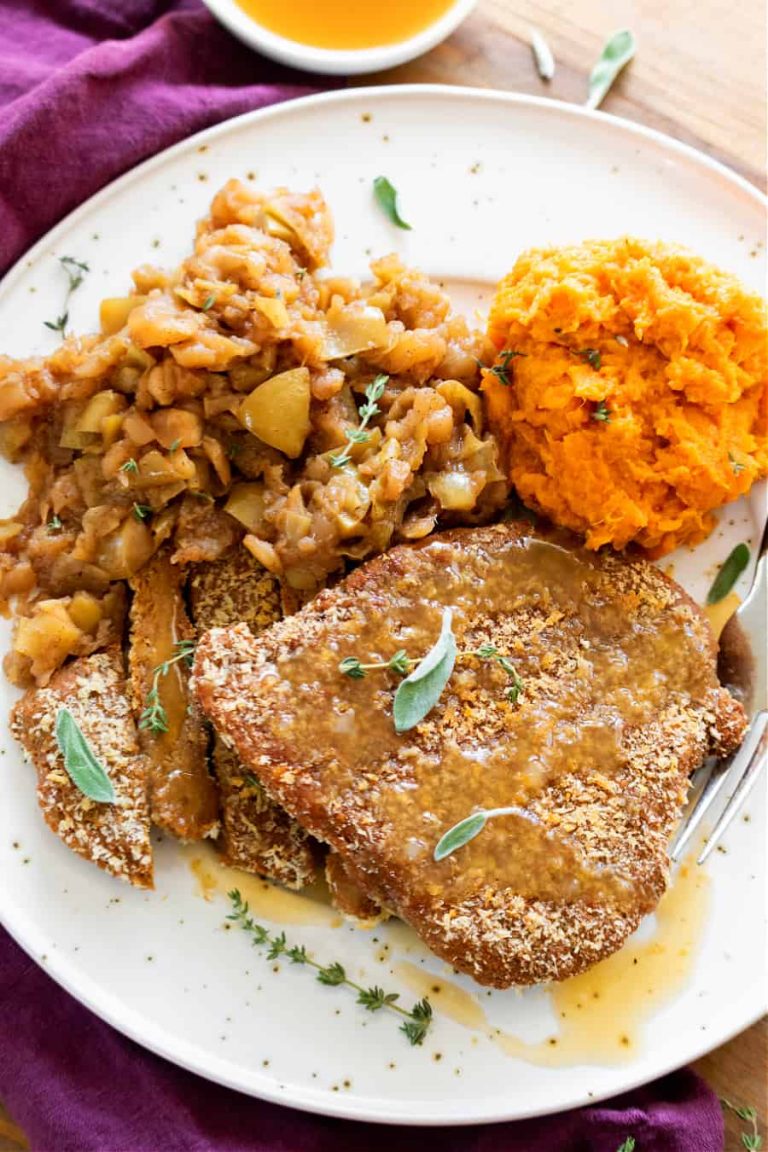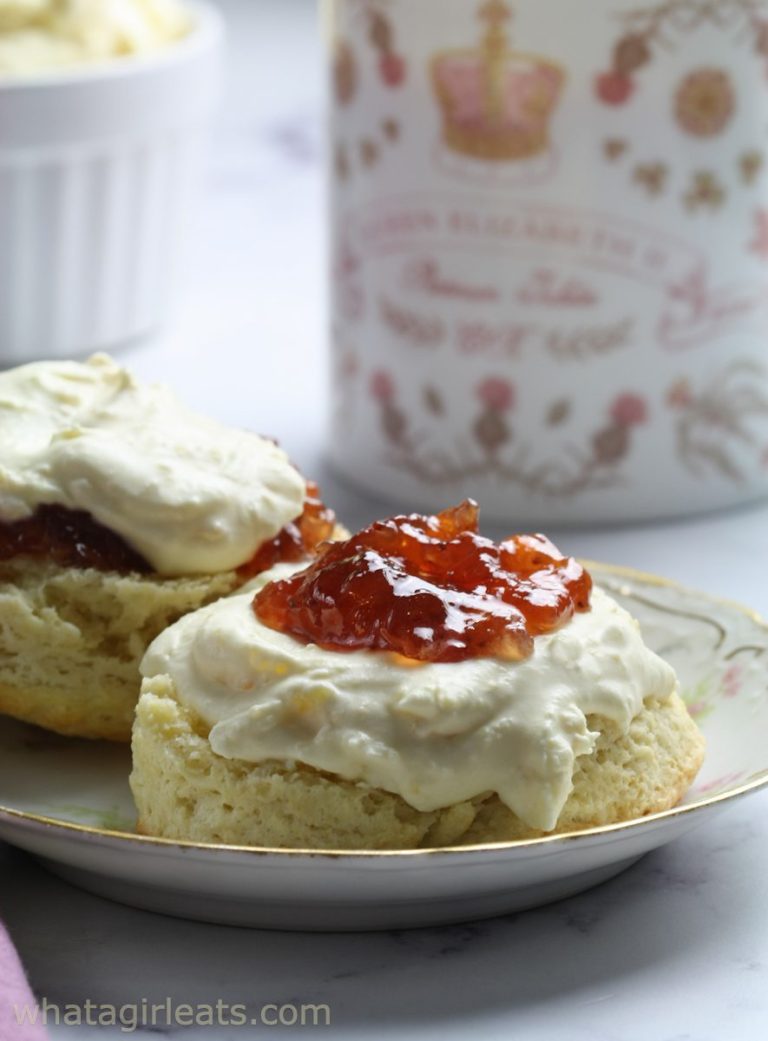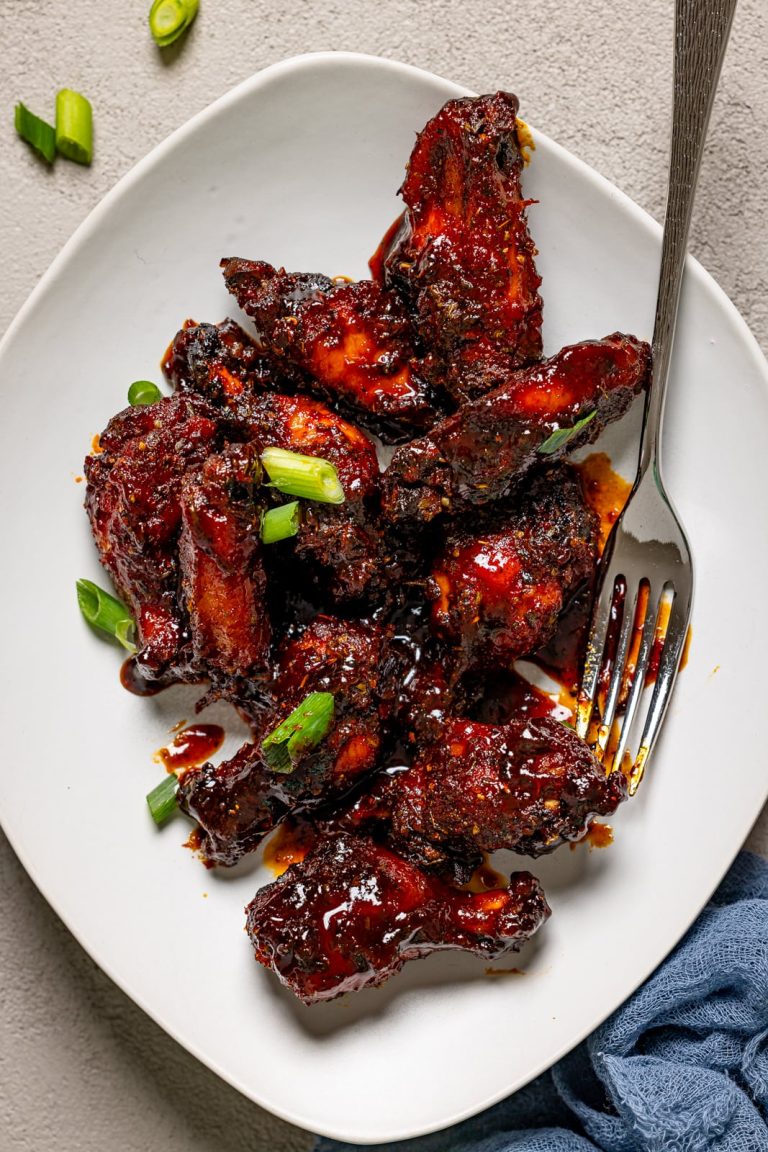Peanut Butter Cup Cookies: Recipe, Nutrition, and Dietary Tips
Peanut butter cup cookies have gained popularity due to the perfect blend of peanut butter and chocolate. This dessert originated as an American classic, rooted in the nation’s long-standing love affair with cookies and candy. The use of peanut butter in sweet recipes dates back to the early 20th century, with peanut butter cookies making their first appearance in cookbooks around the 1910s. The specific combination of embedding a peanut butter cup within a cookie has since become a staple among cookie enthusiasts. Modern recipes now enjoy widespread appeal, making these cookies a favorite during holidays and special occasions.
Key Ingredients
To make peanut butter cup cookies, you’ll need:
- Peanut butter: Smooth or crunchy, depending on your texture preference. Ensure it’s fresh and creamy for the best consistency.
- Butter: Unsalted butter softens the dough and enriches the flavor profile.
- Sugar: Both granulated and brown sugar add sweetness and chewiness.
- Egg: Provides structure and helps bind the ingredients.
- Flour: All-purpose flour forms the bulk of the dough.
- Baking soda: Acts as a leavening agent to give the cookies a slight rise.
- Salt: Enhances the overall flavor.
- Peanut butter cups: Miniature Reese’s or another brand of peanut butter cups to fit into the center of the cookies.
These ingredients combine to create the iconic peanut butter cup cookie experience you know and love.
Baking Techniques for Perfect Cookies
Dough Preparation
Mix the butter, sugars, and peanut butter. Cream them together until smooth, which usually takes 2-3 minutes. Add the egg and vanilla extract. Beat the mixture until well-combined. In a separate bowl, combine the flour, baking soda, and salt. Gradually add the dry ingredients to the wet mixture, blending until just combined. Avoid overmixing the dough, as it can result in tougher cookies. Ensure uniform distribution of ingredients for consistent texture.
Baking Tips
Preheat the oven to 350°F (175°C). Line baking sheets with parchment paper to prevent sticking and ensure even baking. Use a tablespoon or cookie scoop to portion the dough, shaping it into balls. Press a peanut butter cup into the center of each ball, flattening slightly. Bake for 10-12 minutes or until lightly golden. Cool the cookies on the baking sheet for 5 minutes before transferring them to a wire rack. This helps them retain their shape and finish baking from residual heat.
Flavor Variations and Add-Ins
Classic Peanut Butter Cup Cookies
Classic peanut butter cup cookies stand out for their rich, creamy texture and subtle crunch. Base your ingredients list on the key components: peanut butter, butter, sugar, egg, flour, baking soda, and salt. Incorporate peanut butter cups into the cookie dough for bites infused with chocolate. Remove these cookies from the oven when they turn lightly golden to ensure a perfect balance of soft and chewy textures.
Experimental Flavors
Explore experimental flavors by adding unique ingredients to your cookie dough. Mix in chopped nuts like walnuts or pecans for added crunch. Include dried fruits, such as cranberries or cherries, to introduce a tart twist. Swap peanut butter cups with white chocolate or dark chocolate for a new taste profile. Try flavoring the dough with spices like cinnamon or nutmeg for a warm, aromatic touch.
Nutritional Information
Caloric Content
Peanut butter cup cookies contain a moderate amount of calories. An average 30-gram cookie holds about 150 calories. The combination of peanut butter and chocolate contributes to both the flavor and the caloric density. If you use extra ingredients like nuts or dried fruits, the caloric content will increase slightly, so consider portion sizes if you’re tracking daily caloric intake.
Dietary Considerations
Peanut butter cup cookies offer both benefits and potential concerns for various diets. Peanut butter supplies protein, healthy fats, and some fiber, making the cookies somewhat nutritionally balanced. However, be mindful of the sugars and fats. These cookies may not suit low-carb or low-sugar diets because each cookie has approximately 10 grams of sugar and 7 grams of fat.
For those with dietary restrictions:
- Gluten-Free Diets: Use gluten-free flour substitutes to keep the cookies safe for those avoiding gluten.
- Nut Allergies: Consider swapping peanut butter for sunflower seed butter to create a nut-free version.
- Vegan Diets: Replace butter with plant-based alternatives and use flaxseed meal or chia seeds mixed with water as an egg substitute.
By adjusting ingredients accordingly, you can enjoy peanut butter cup cookies while maintaining dietary guidelines.
Conclusion
Peanut butter cup cookies offer a perfect blend of flavors that’s hard to resist. Whether you’re a baking novice or a seasoned pro, these cookies are a delightful treat that can be easily adapted to fit various dietary needs. With just a few ingredient tweaks, you can enjoy these cookies while adhering to gluten-free, nut-free, or vegan diets. So go ahead and indulge in the rich, peanut buttery goodness of these classic cookies. Your taste buds will thank you!
